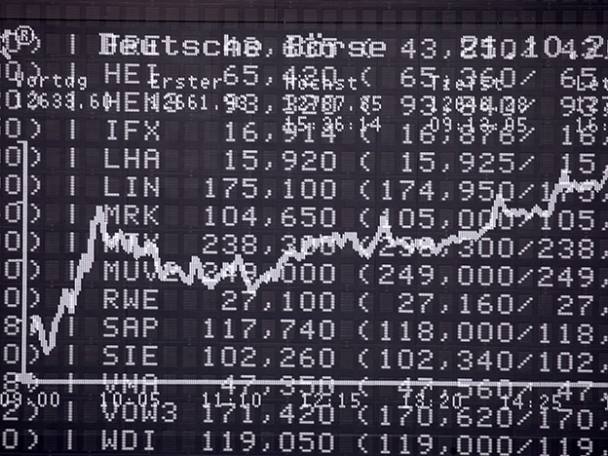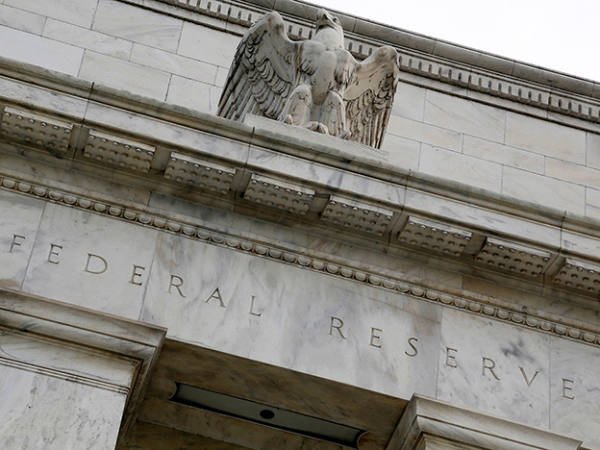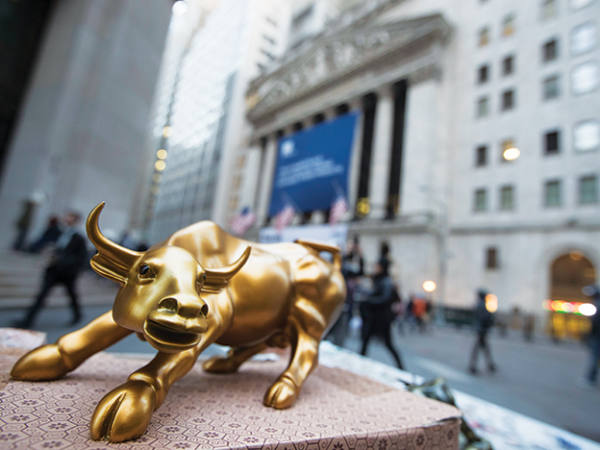Standard economic theory has a bad reputation, in some cases deservedly so. But it does have a use. It can tell us what returns to expect on any asset.
It says that average returns, relative to returns on a safe asset, should depend on just four things.
One is the volatility of the asset: higher risk should bring higher average returns. A second is risk aversion: the less willing we are to take on risk, the more we must be paid to do so.
A third factor is background risk. In a volatile economy, we fear that we’ll lose our jobs or businesses. This makes it harder to take on investment risk, because we’ll not want to risk losing money on all fronts. We will therefore need high returns on assets to tempt us to buy them. In a stable economy, however, risks to our jobs and businesses are smaller, and so we can better take on other risks. Sensible politicians such as Margaret Thatcher and Gordon Brown knew that economic stability was a necessary platform for entrepreneurship and investment. It’s also a platform for other forms of risk-taking.
Finally, there’s the question: how likely is an asset to do badly in bad times? If we lose money on it when our business is struggling or we’ve lost our job, it is especially risky and so must offer us big returns to compensate. On the other hand, if an asset does well in bad times it is in effect a form of insurance, and so we’ll accept negative returns on it, in the same way we happily buy home insurance in the expectation of not recouping the money.
We can put numbers on all this and so test the theory against data.
Our first factor – volatility – is easy to measure.
Our second, risk aversion, is trickier. We measure it by a number, where one signals indifference to risk and higher numbers greater aversion. The existence of insurance companies tells us people are risk averse, but the existence of bookmakers tells us they aren’t very much so.
The amount of background risk is harder to measure. One way to do so is to take the volatility of consumer spending. This should fall not only if there is a recession, but also if people anticipate one, so it’s a better indicator of risk than the volatility of gross domestic product (GDP). We know the volatility of aggregate spending growth has been low. But individuals face more of it than does the whole economy.
And we can measure assets’ likelihood of doing badly in bad times by the correlation of their returns with aggregate spending.
My table applies these predictions to actual returns (relative to those on cash) on various assets over the past 20 years. I’m using a coefficient of risk aversion of four; assuming that the volatility of individual spending is five times that of aggregate spending; and that the volatility of individual house prices is three times that of the Nationwide’s index.
| Annual returns: theory vs reality | ||
| Predicted | Actual | |
| All-share index | 2.0 | 2.6 |
| Growth stocks | 1.4 | 1.5 |
| Value stocks | 2.4 | 3.1 |
| Gold | -2.5 | 7.2 |
| House prices | 7.8 | 2.9 |
One thing that stands out here is that this theory predicts only low returns on equities, of just two percentage points per year more than cash. This is simply because shares aren’t that volatile, nor are they highly correlated with consumer spending.
It was exactly this thinking that led Edward Prescott and Rajnish Mehra in 1985 to write of an equity premium puzzle: US equity returns, until then, had far exceeded theoretical predictions. Since the late 1990s, however, actual returns have been close to these predictions. This could be because investors wised up to the puzzle in the 1980s and 1990s and so bid it away. Or it could be because shares were unusually overpriced in the 1990s and so suffered low returns since.
Theory has also succeeded in another respect. It has correctly predicted that value stocks should outperform growth, as measured by the FTSE 350 high- and low-yield indices. Value stocks are more highly correlated with consumer spending, implying that they do worse than growth stocks in bad times. This means they must carry a risk premium. Which they do.
The theory has, however, failed for two assets.
One is gold. It is negatively correlated with consumer spending. It should therefore have a negative risk premium and underperform cash. But in the past 20 years it has not done so.
I suspect this is because real interest rates have collapsed during this time, which has boosted the gold price by reducing the opportunity cost of holding it. This, however, was probably a one-off process: real interest rates might not fall as much in the next 20 years as they have in the past. If so, we should take seriously the prediction that gold will underperform cash in the future.
Our second failure concerns housing. Theory says it should deliver huge returns to compensate for the fact that house prices are highly correlated with background risks such as job loss. If we measure housing returns by the change in house prices, however, this risk premium hasn’t materialised in the last 20 years. And unless house prices rise faster than wages, it will not do so in the next 20, either.
Conventional theory, then, has mixed results. But we shouldn’t apply it blindly. It should be the start of our thinking, not the end. It poses questions for anybody expecting high returns on any asset. Are they the counterpart of high risk, and if so what types of risk? Conventional theory ignores some of these, such as liquidity risk (which actually deepens the puzzle of housing’s underperformance). If they are not, why might returns be high? Could it be because of some systematic economic change, such as the fall in real interest rates that drove up gold prices? If so, how can we predict such change? Or is it instead because the asset is underpriced? And if so, why?
Yes, you can reject the predictions of conventional theory. But you need good evidence to do so.











